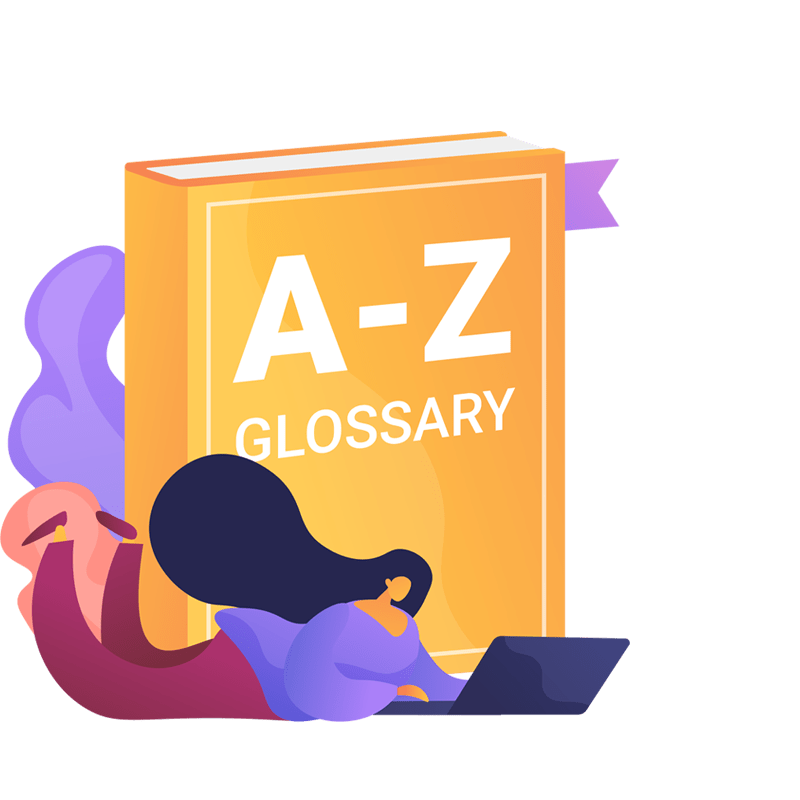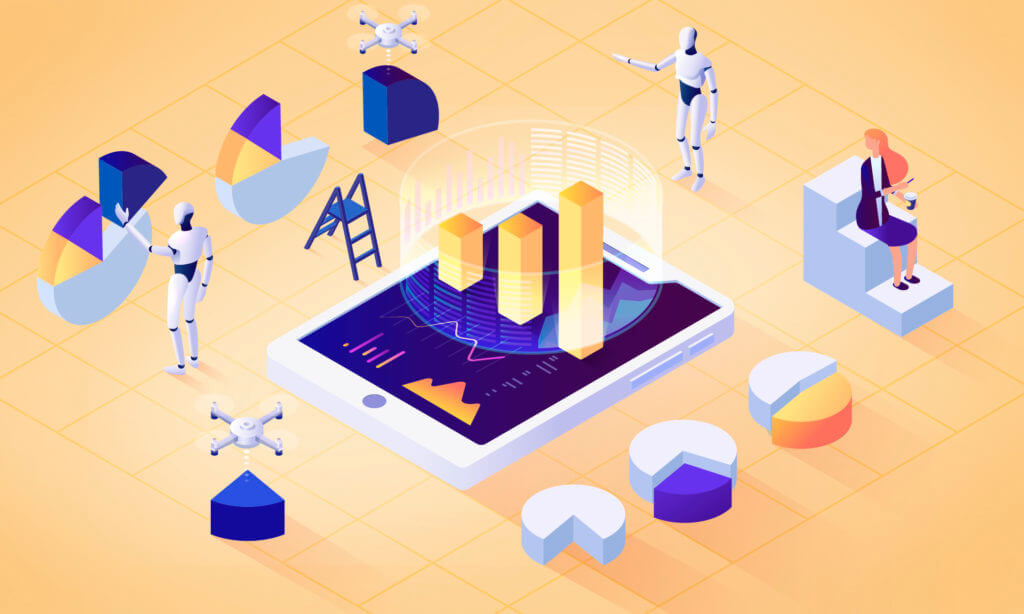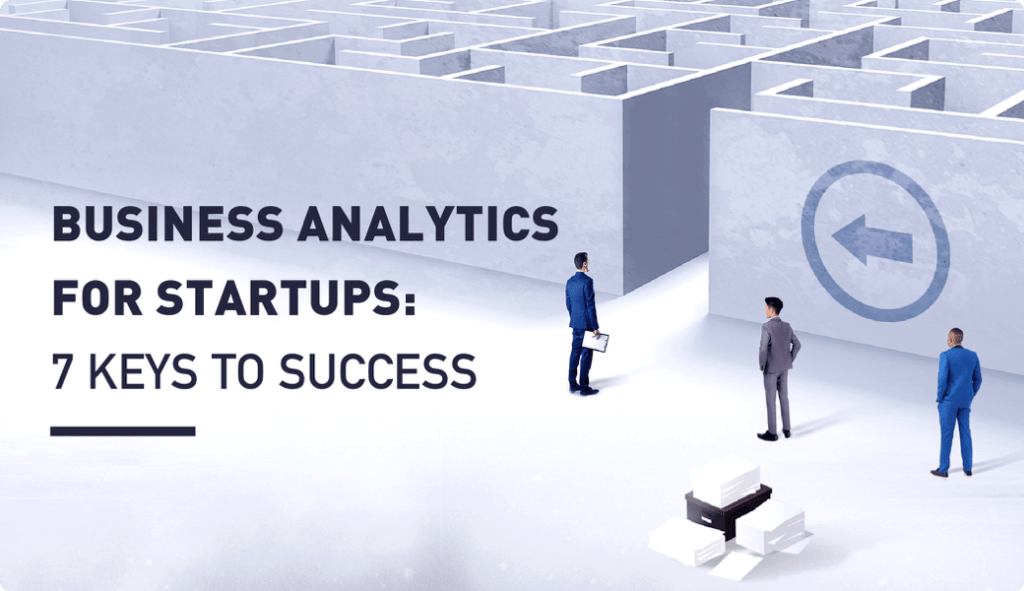BI Glossary
Database

What is a Database?
Databases are systems that store and organize data in a structured way. There are many different types of databases, each with its own advantages and disadvantages.
What is a Multi-tenant Database?
A database designed for SaaS applications that use a tenant architecture for the software platform. Learn more about multi-tenant database.
Types of Databases Include:
Relational databases
How do relational databases store data
These are databases that store data in tables, which consist of rows and columns. Each row represents a record or an instance of an entity, and each column represents an attribute or a property of the entity.
Relational database query language
SQL, to manipulate and retrieve data.
Relational database use cases
Relational databases are widely used for online transaction processing, data warehousing, and business intelligence.
Some examples of relational databases
MySQL, PostgreSQL, Oracle, and SQL Server.
Non-relational databases
How do non-relational databases store data
These are databases that store data in formats other than tables, such as documents, key-value pairs, graphs, or columns. Non-relational databases, also known as NoSQL databases, are more flexible and scalable than relational databases, and can handle large volumes and varieties of data.
Non-relational database use cases
Often used for big data, web applications, and real-time analytics.
Examples of non-relational database products
Examples of non-relational databases are MongoDB, Redis, Neo4j, and Cassandra.
Object-oriented databases
How do object-oriented databases store data
These are databases that store data as objects, which consist of attributes and methods. Objects can inherit properties and behaviors from other objects, and can be organized into classes and hierarchies.
What query languages do object-oriented databases use
Object-oriented databases use an object-oriented programming language, such as Java or C++, to manipulate and retrieve data.
Object-oriented database use cases
Object-oriented databases are suitable for complex and dynamic data models, such as multimedia, geographic, and scientific data.
Examples of object-oriented database products
Examples of object-oriented database products are ObjectDB, db4o, and Versant.






